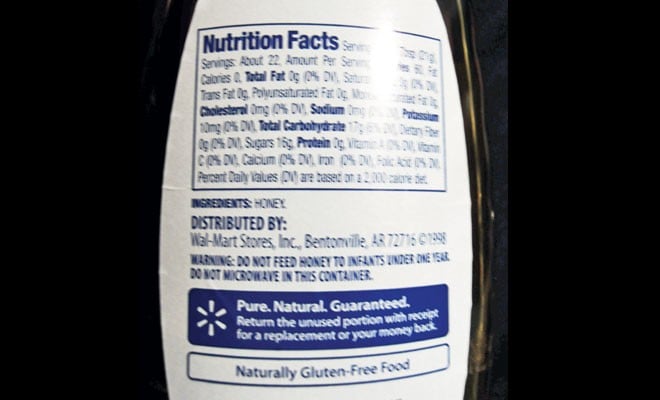
Now that you are wise enough to read the labels and make intelligent decisions regarding your food intake, life is healthy, right?

Now that you are wise enough to read the labels and make intelligent decisions regarding your food intake, life is healthy, right?
Actually not, because in our part of the world ‘transparency’ is a rarity and the same goes for the food labeling. It was a struggle for me to find a detailed nutritional breakdown on any locally manufactured food items, although most of them are likely to say ‘Natural’, ‘Added Vit D’ and the likes of such vague phrases which actually do not give the consumer any insight. It obviously does not require much to label a food as ‘Natural’ as most of them have tall claims to be friends with nature.
While some food labels do go as far as mentioning ‘sweetened’, ‘sucrose’ or ‘added sugar,’ the quantities are unknown and that makes me politely put them back on the shelf. ‘Stabilizers’ is another vague term that is freely slapped on local products and can mean anything from gelatins to gums to pectin to starches. With undetermined quantities, that again is not helpful!
With all the white goodness that we consume in the form of milk and yogurt it is essential to understand the difference between ‘pasteurized’ and ‘homogenized’ milk – since these two terms are often touted on locally manufactured dairy products.
Also read: Labelwise2: The ‘Fat Free’ Felony
Pasteurization is the process of heating milk at high temperatures and then quickly cooling it down, in order to stamp out certain (not all) bacteria, primary aim being, ensuring extended stay on supermarket shelves.
Homogenization on the other hand is a process that breaks down the fat globules of the cream to such levels that it remains suspended in the milk, and prevents it from separating and floating on the surface.
The limited and obscure disclosure certainly inhibits intelligent food decisions. Food awareness is essential and the above knowledge would only become more useful if we had some food regulation that would insist upon relevant disclosure and that in turn would greatly help the end consumer, in shopping mindfully and eating knowledgeably!
And this brings me to the end of ‘Labelwise’ series – look out for ‘Dopamine Processors’ in just about a fortnight.